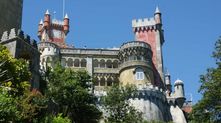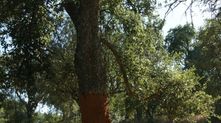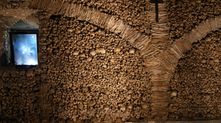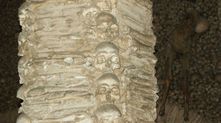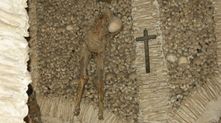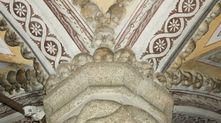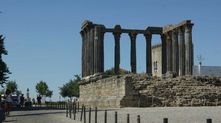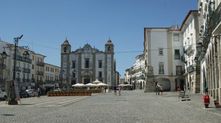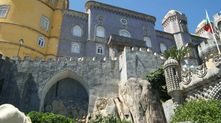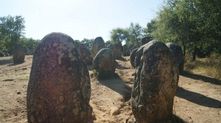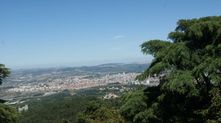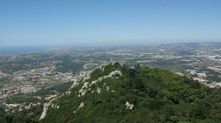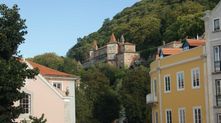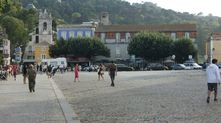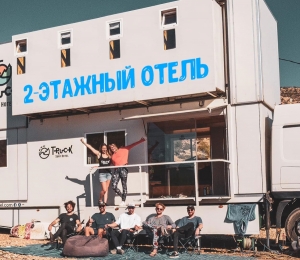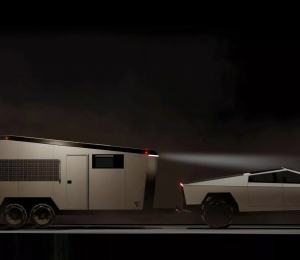A Moorish town of Sintra was in our visit schedule. It is definitely the third most attended town in Portugal after Lisbon and Porto. Tourists’ invasion smacked directly at the approaches to the town (there were some jams and no parking). But we went to the mountains to the Palace of Pena at once. It is 2 kilometers from Sintra’s center. There were no parking places on the sides of the mountain road, beginning since 1 kilometer till the entrance. But we turned incidentally to some enclosed little park within 200 meters from the entrance. We have not understood till now why there were vacant parks. Nobody took money from us both before and after. We came to the conclusion that we had been just lucky.
The Palace of Pena (Palácio Nacional da Pena) is located on a high cliff above Sintra and distinguishes itself by a fantastic pseudo middle-aged style. All composition of a mountain, a castle and a neighboring park with the area of 270 hectares is one of the earliest examples of Romanticist landscape architecture in the XIX century. The castle and the park appeared in 1840 as a summer royal residence on the place of a small abandoned cloister in Manuelino style. The building was organized by Prince Ferdinand of Saxe-Coburg and Gotha , who was the husband of Queen Maria II of Portugal. He put up a huge amount of means in this project, and the works went on until his death in 1885 . The internal premises with decoration remained in the same view as they were in the time of their last owner Queen Amelia, who had to escape from Portugal in 1910.
It is a very beautiful place. There are all-round views, an interesting excursion inside the palace with sightseeing of well-preserved premises for different purposes with complete sets of furniture and utensils, souvenir shops at the exit. It is certainly worth visiting.
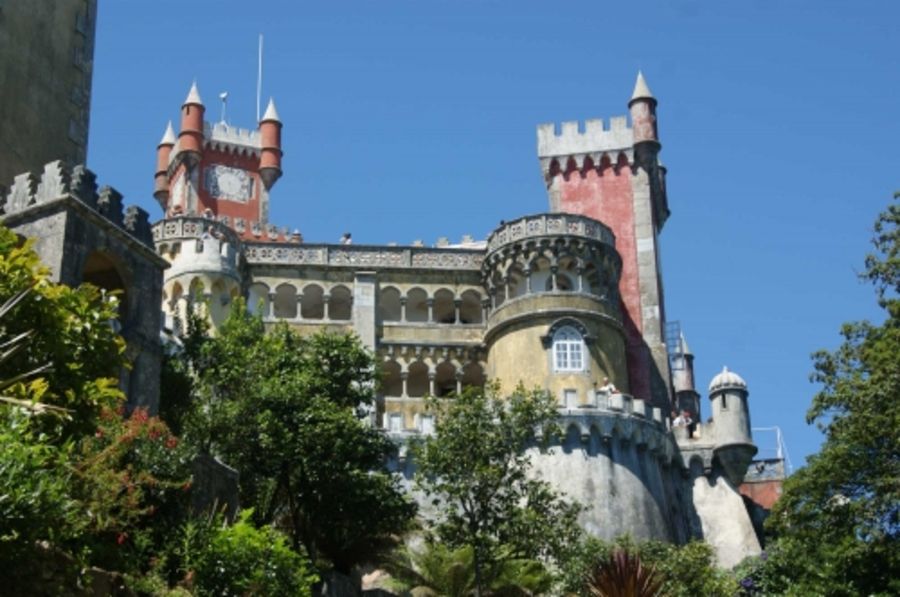

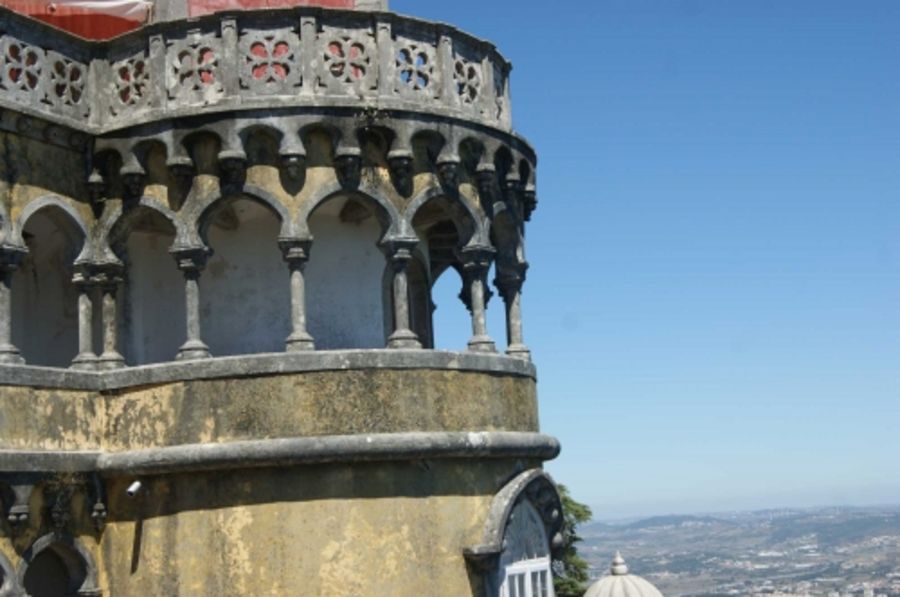
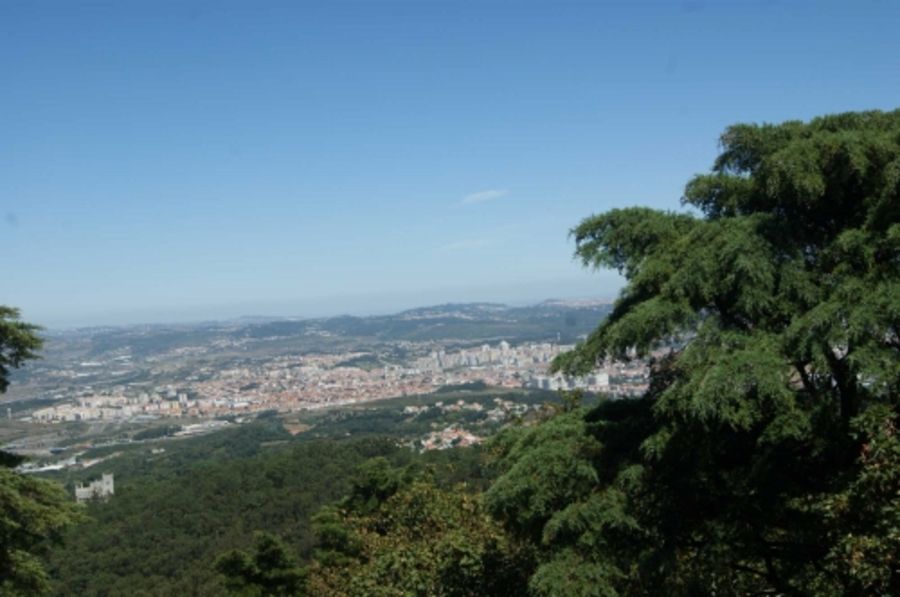
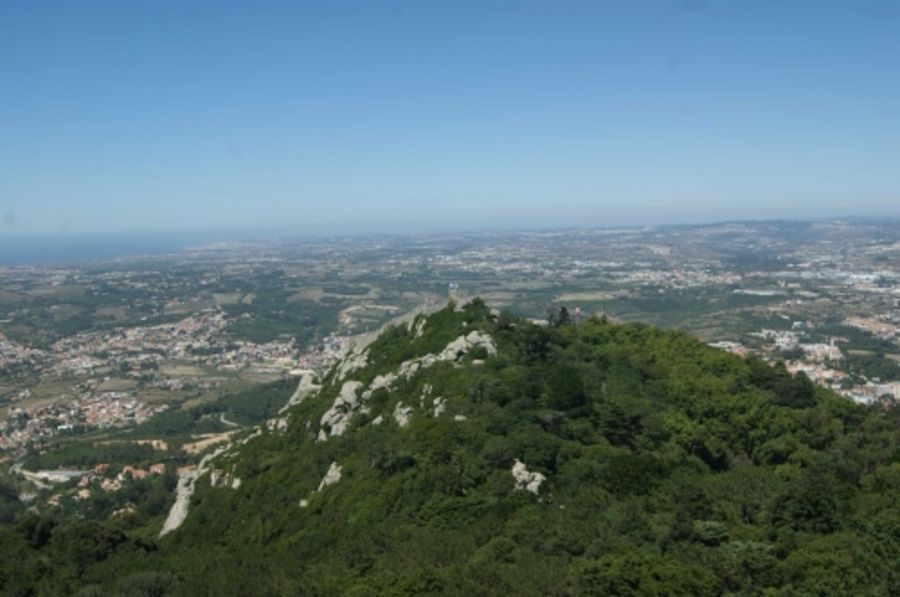
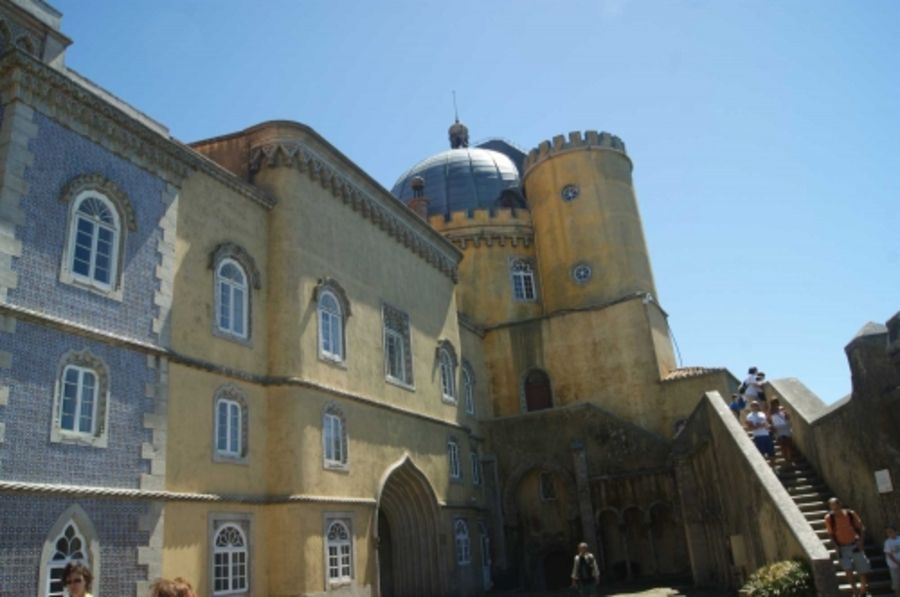
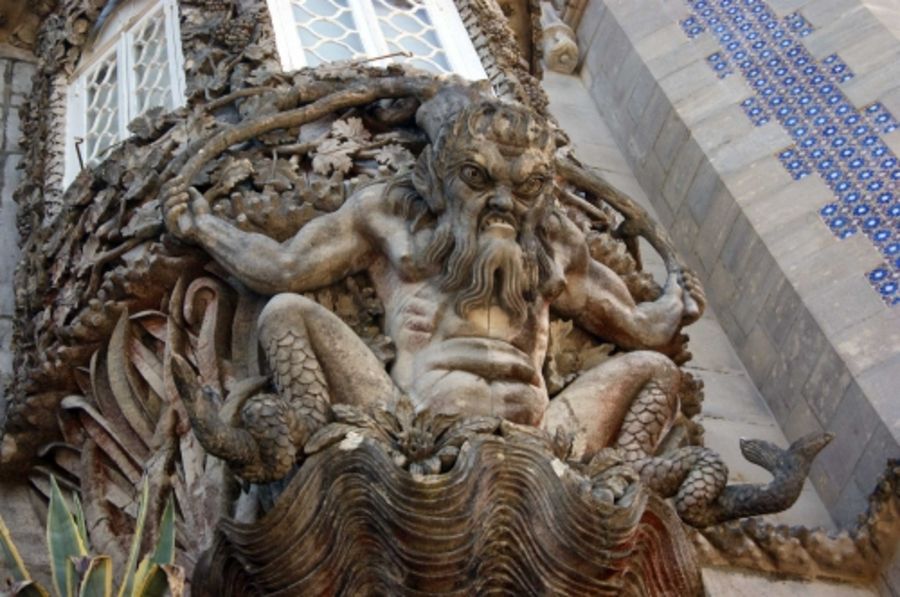
After sightseeing tour in the palace we came down to Sintra and had lunch in a cozy restaurant, which was called for some reason “Paris”, with a view on the main town square, next to Montserrat Palace.
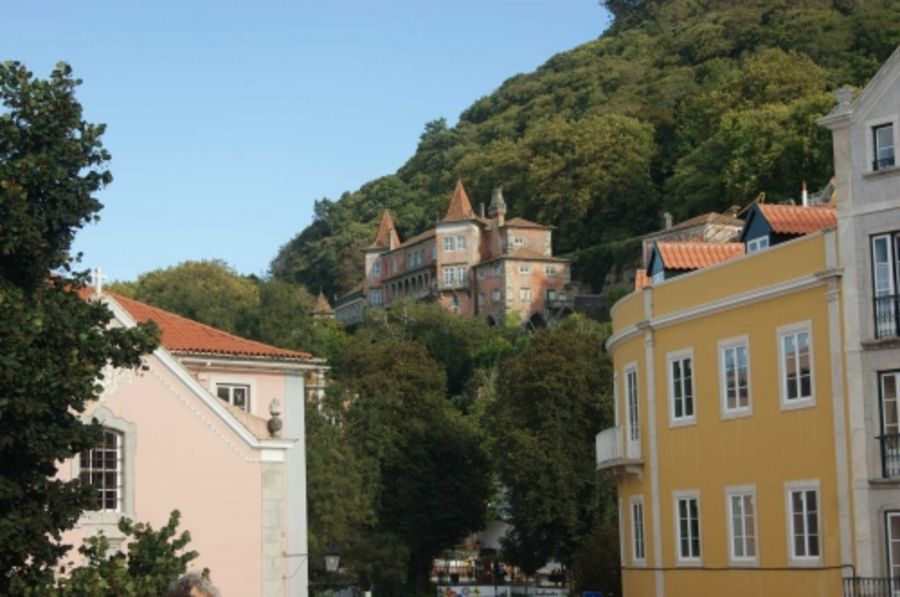
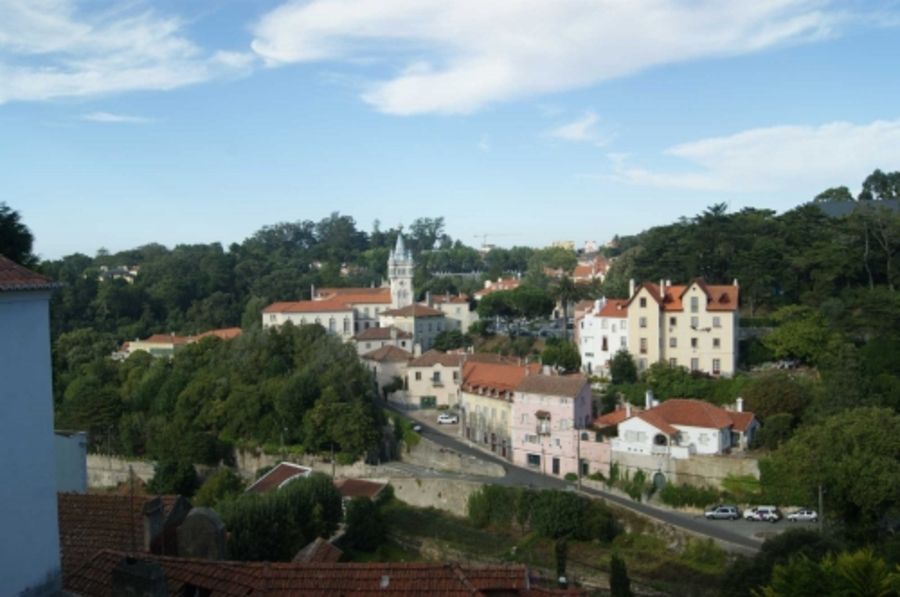
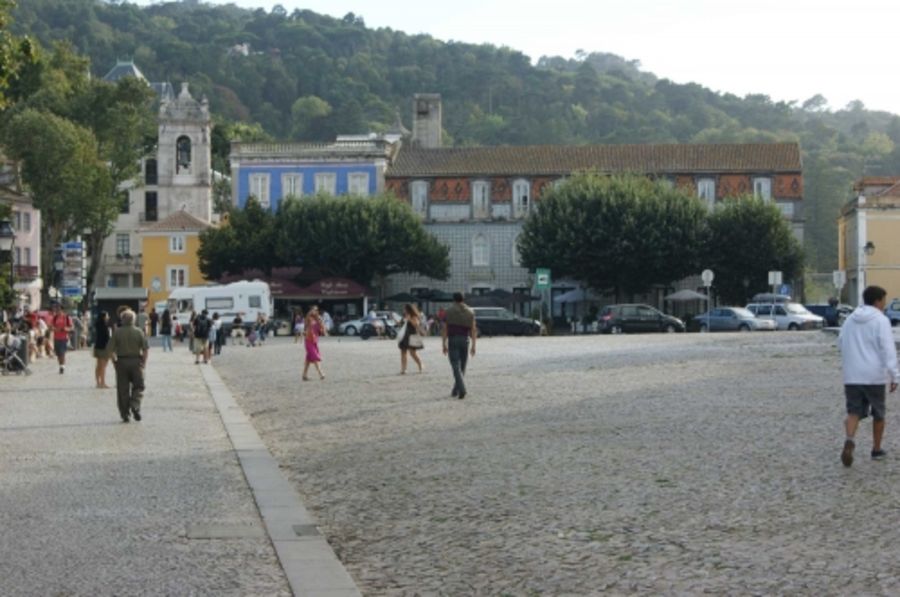
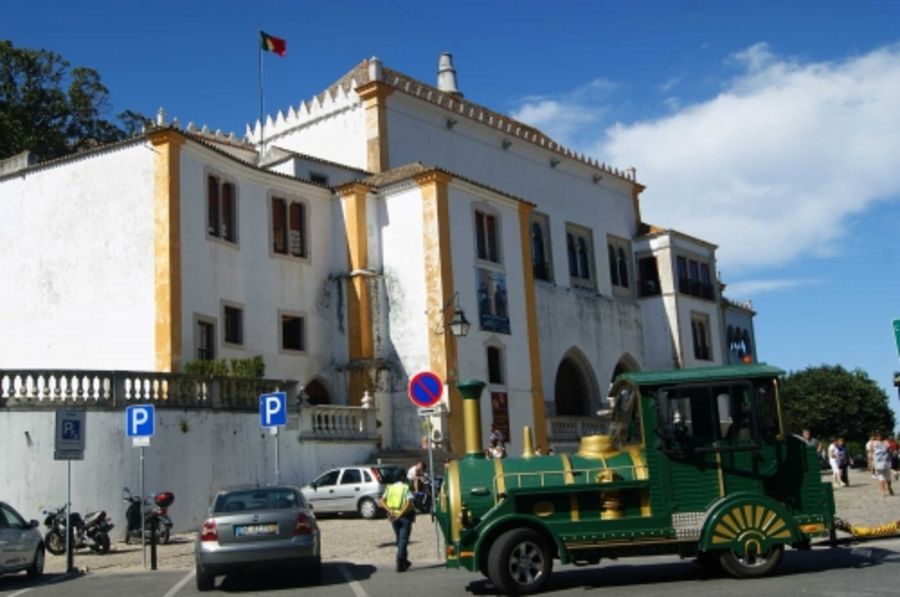
The following destination according to our schedule was the town of Evora in 120 kilometers to the east from Lisbon. We reached it rather quickly as the trace was almost empty, but qualitative.
There are cork oak plantings on both sides of the way closer to Evora. The shops in Portugal have got many different crafts made of this tree. The prices are rather high.
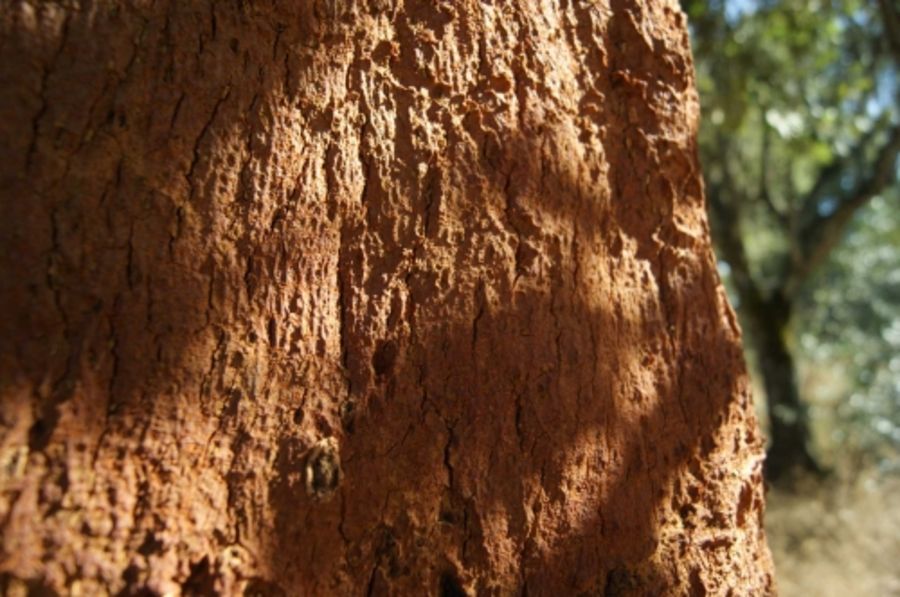

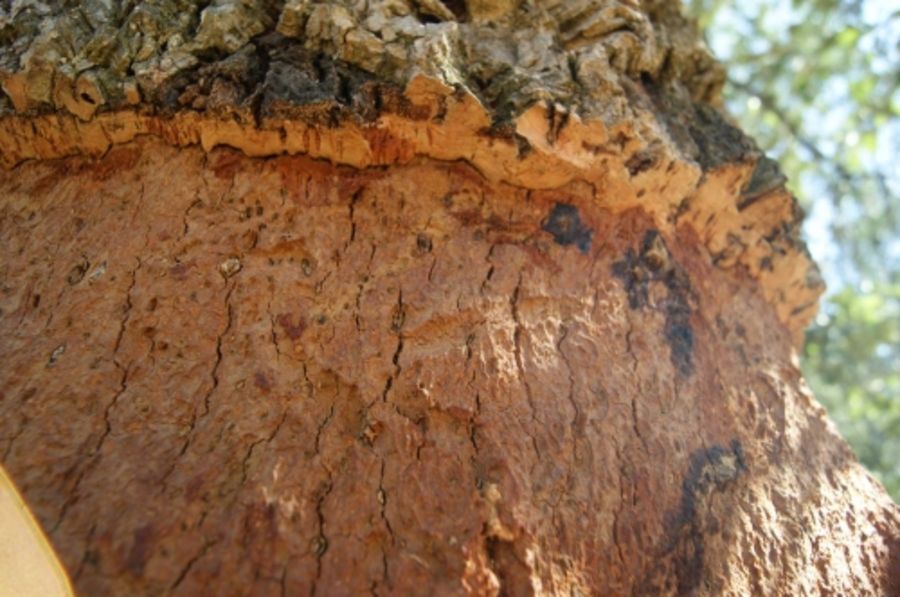
While staying in Evora we selected some points, which we should see. The main destination was Chapel of Bones (Capela dos Ossos) in Church of St. Francis. This Chapel was built in XVII century out of 5000 local monks’ remains. The inscription over the Chapel’s entrance reads as follows: "Our bones, lying here, wait for yours".
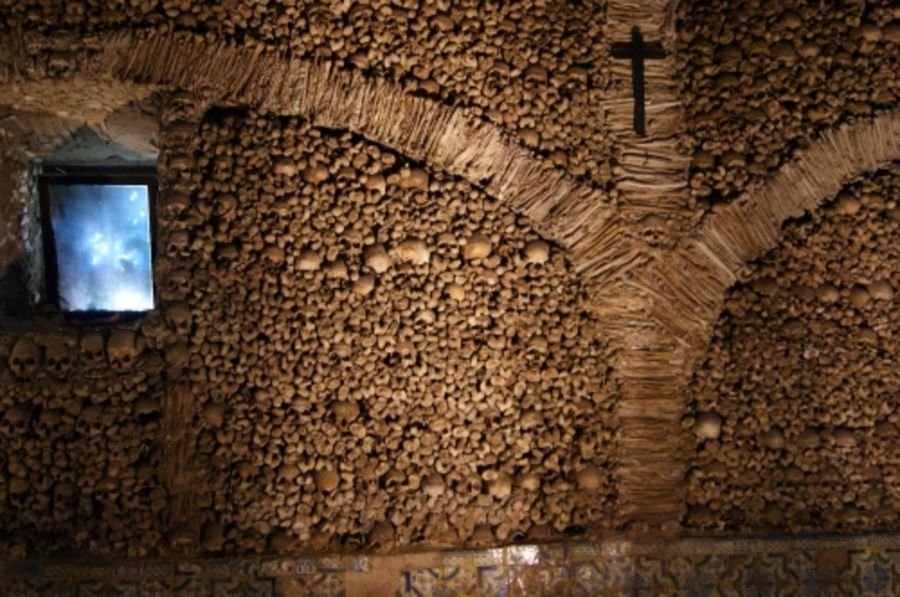
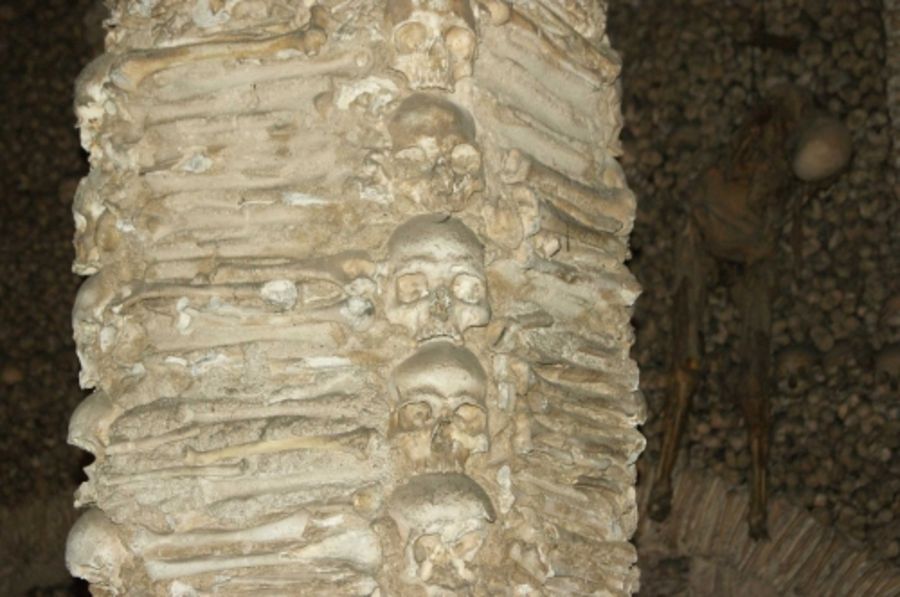


The ruins of Diana’s Old Roman temple and the square in the town center.

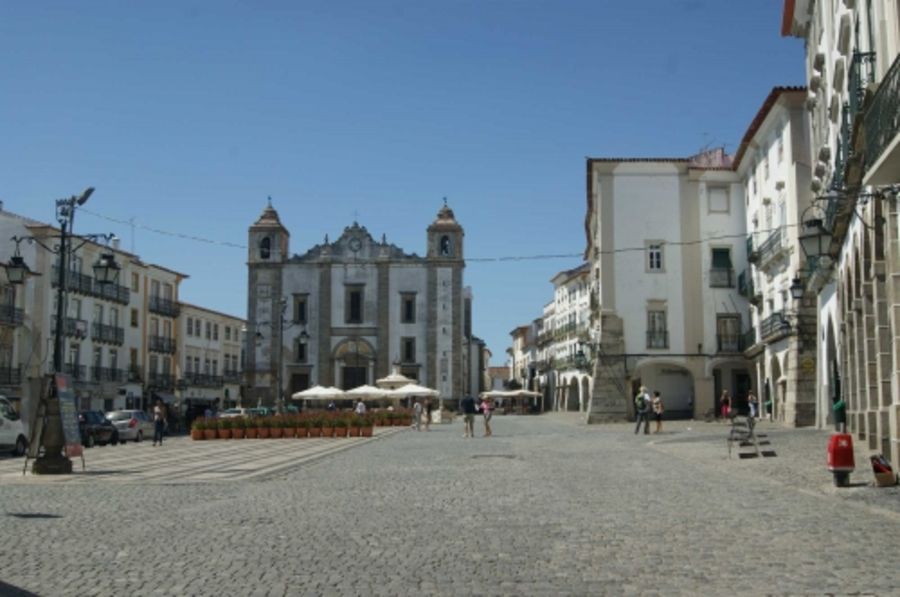
One more interesting place is located in 15 kilometers from Evora center. It is an ancient dolmen consisting of 95 stones standing vertically. It is rather a busy place and enjoys popularity, though the road to it (2 km) is unmade natural, and the temperature was over 40 degrees above zero, when we visited it.

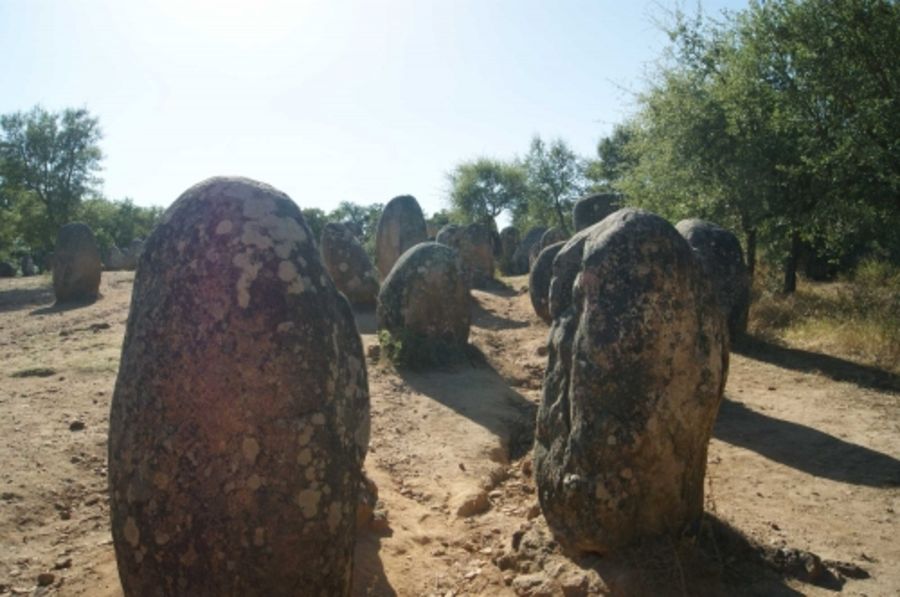
(Previous parts: Part 1 , Part 2,Part 3, Part 4, Part 5,Part 6,Part 7,Part 8)









